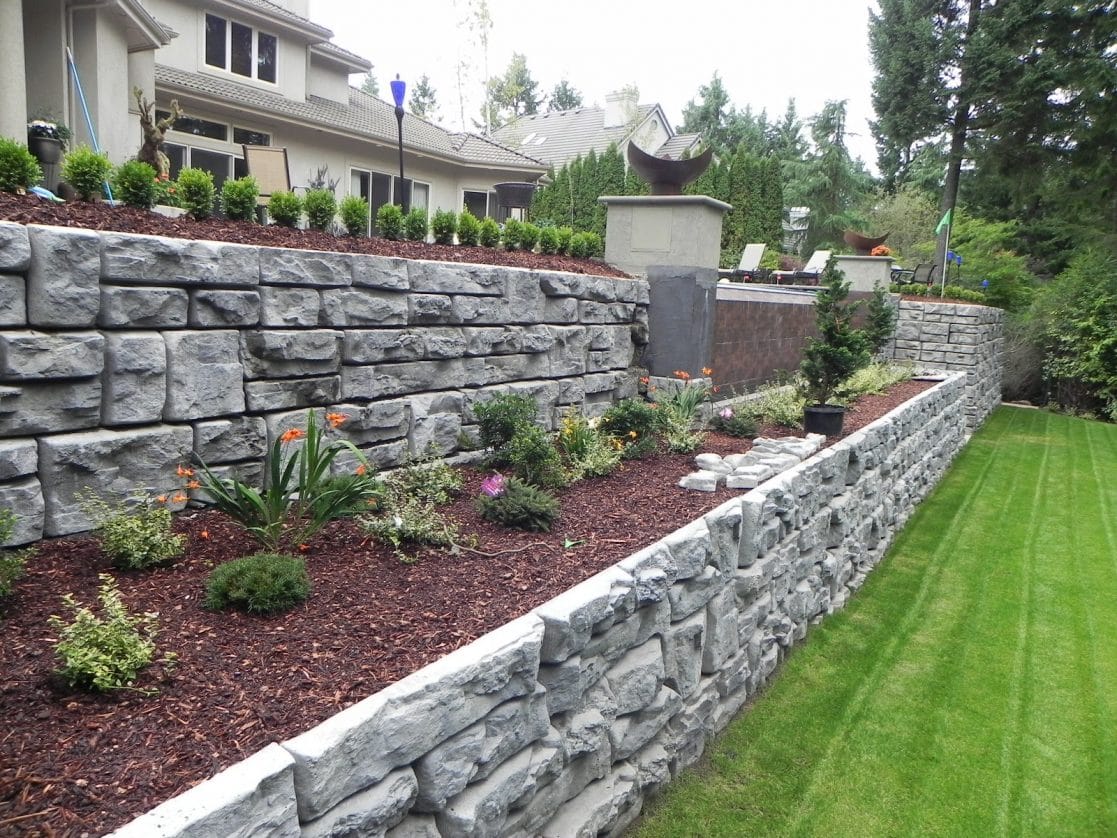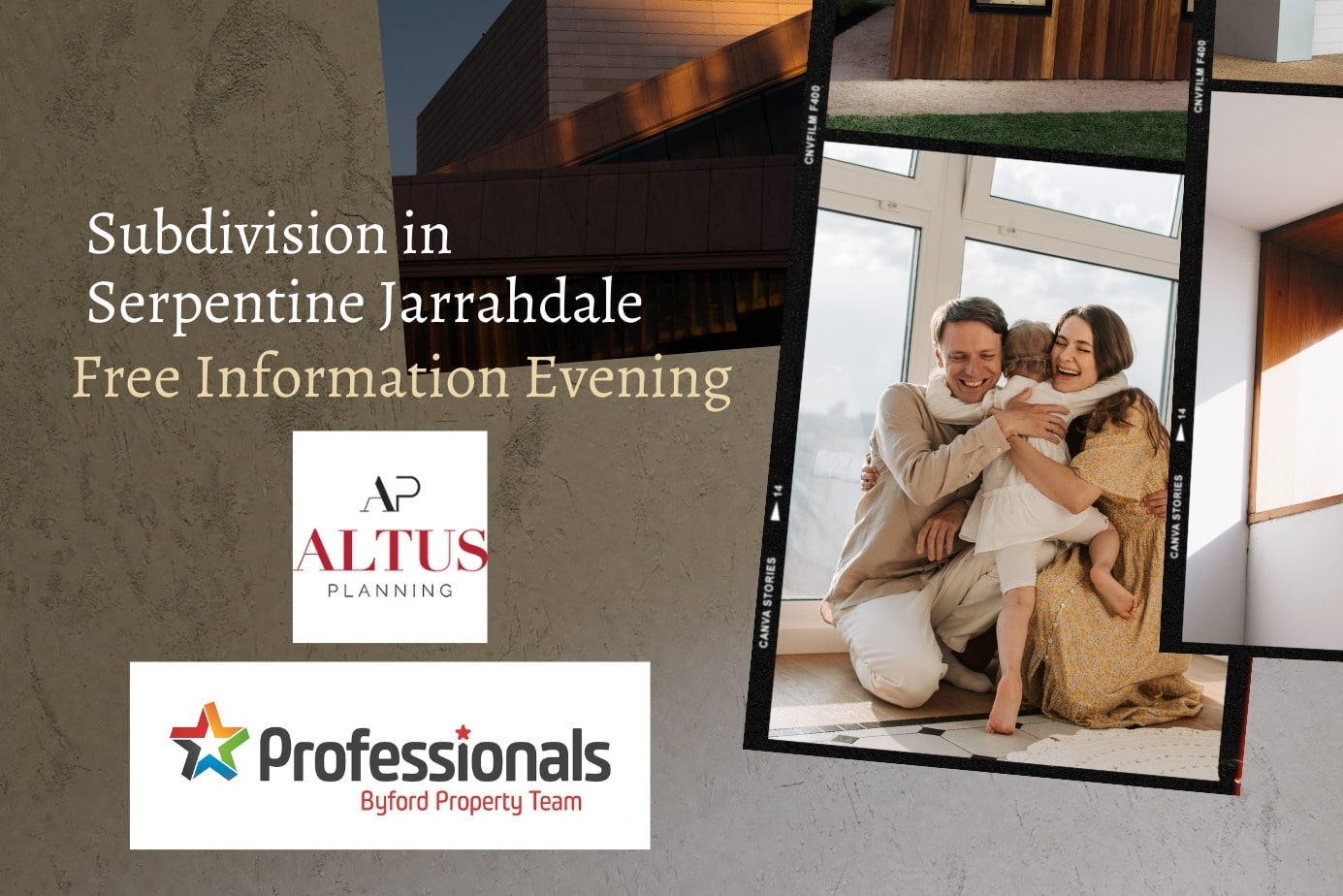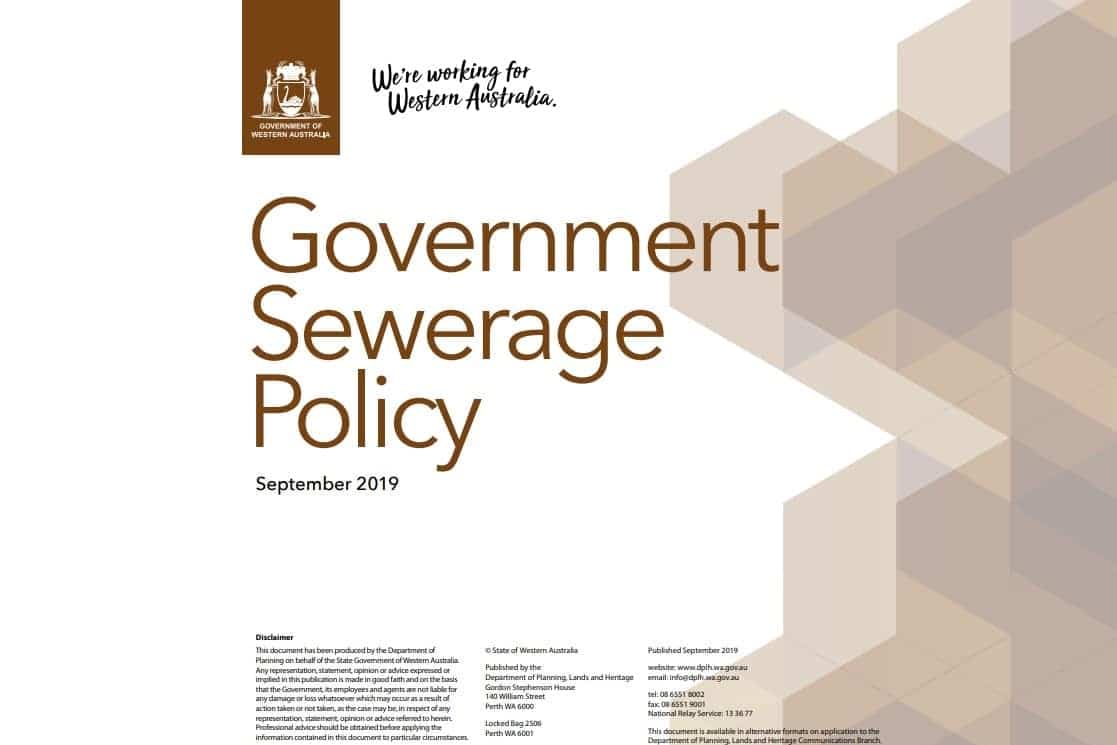The recent matter of Prosser v Town of Cottesloe [2021] WASAT 115 provides guidance as to how ‘natural ground level’ (‘NGL’) is to be interpreted in light of the new definition contained in Sch 2 cl 1 of the Planning and Development (Local Planning Schemes) Regulations 2015 (WA) (‘Deemed Provisions’).
Statutory planners and designers who deal with redevelopments within older suburbs often face the dilemma of what is NGL for the purpose of establishing a reference point for then calculating levels, heights and setbacks. This is particularly prevalent within areas where new residential developments on undulating terrain often seek to capture views of significance.
For many years, guidance was provided by the decision of Lee and City of Cockburn [2008] WASAT 268. In Lee, the Tribunal summarised as a starting point [4], “…that, as a matter of law, natural ground level primarily meant the ground level of a building site in its natural state existing at the date of proposed development, as opposed to an artificially modified state”.
Such a position would be entirely logical were it not for the fact that the ‘original’ NGL becomes lost or irrelevant when a property and the surrounding locality is subject to incremental or more substantive redevelopment over time.
Regulation 44(2) of Pt 2 of the Planning Regulations Amendment Regulations 2020 (WA) which came into effect on 15 February 2021, amended the Deemed Provisions by inserting a number of new definitions. Three of these new definitions are ‘natural ground level’, ‘building height’ and ‘wall height’ and prevail over any existing local planning scheme or policy definition.
Prior to the recent amendments to the Deemed Provisions, the definition of NGL as provided for in the R-Codes (and considered in Lee) was: “The levels on a site which precede the proposed development, excluding any site works unless approved by the decision-maker or established as part of subdivision of the land preceding development”.
However, by way of the amended Deemed Provisions, the definition of NGL now reads as follows:
natural ground level, in relation to land subject to development, means –
(a) the ground level specified in either of the following that applies to the land (or, if both of the following apply to the land, the more recent of the following) –
(i) a condition on an approval of a plan of subdivision that specifies a ground level;
(ii) a previous development approval for site works on the land that specified a ground level;
or
(b) if paragraph (a) does not apply – the level of the land before any disturbance to the land relating to the development[.]
In considering the more explicit definition from the Deemed Provisions, the Tribunal in Prosser considered the Respondent’s argument that previous development approvals must expressly be labelled “site works” for proposals that seek to change the NGL of a site. However, the Tribunal preferred the expert planning evidence called by the Applicant that “… it would be highly unusual [for a local government] to receive a development application for an existing single residential lot just proposing site works for the land… development applications typically sought simultaneous approval for buildings/structures and associated site works on the land” [48].
The Tribunal ultimately concluded that the definition must be read and applied in a ‘practical and common sense’ manner. The effect of the Tribunal’s interpretation of the NGL definition in the Deemed Provisions is that local governments and other decision-makers need not be pre-occupied by what was the original, pre-development NGL or to be forensically investigating development approvals that dealt with specific site works only. In short, subsequent development approvals can alter NGL over time.
The Tribunal also considered the Respondent’s concern that “subsequent developments may artificially seek to take advantage of resetting the NGL” [54], but it was taken from the evidence that this argument potentially cuts both ways where a combination of cut and fill has occurred on a site, which may often be the case.
Comment
The quandary for some local governments is that they have local planning policies that provide guidance for the assessment of levels and heights. There can be no dispute that such policies need to be consistent with the NGL definition of the Deemed Provisions but the dilemma for some might be whether they wholly agree with the Tribunal’s interpretation of applying NGL in Prosser. Whilst the more expansive definition from the Deemed Provisions is helpful, more detailed, state level policy guidance would be preferable.
In our view, one of the immediate difficulties that may arise is that there will be previous development approvals (particularly before decision-makers consistently required contour surveys) that did not comprehensively and accurately specify finished level changes outside of the main building. In such circumstances, even though it might be logically inferred or apparent that the area away from buildings (that do show finished floor levels) have logically and visibly changed to match, contentions may arise where ground levels were not ‘specified’, and disputes will invariably arise. To quote Voltaire, “Common sense is not so common”.
Maybe a simple starting point for future changes to the definition of NGL might be to drop ‘natural’ and to refer only to ‘ground level’.
The Prosser decision can be found at this link.






